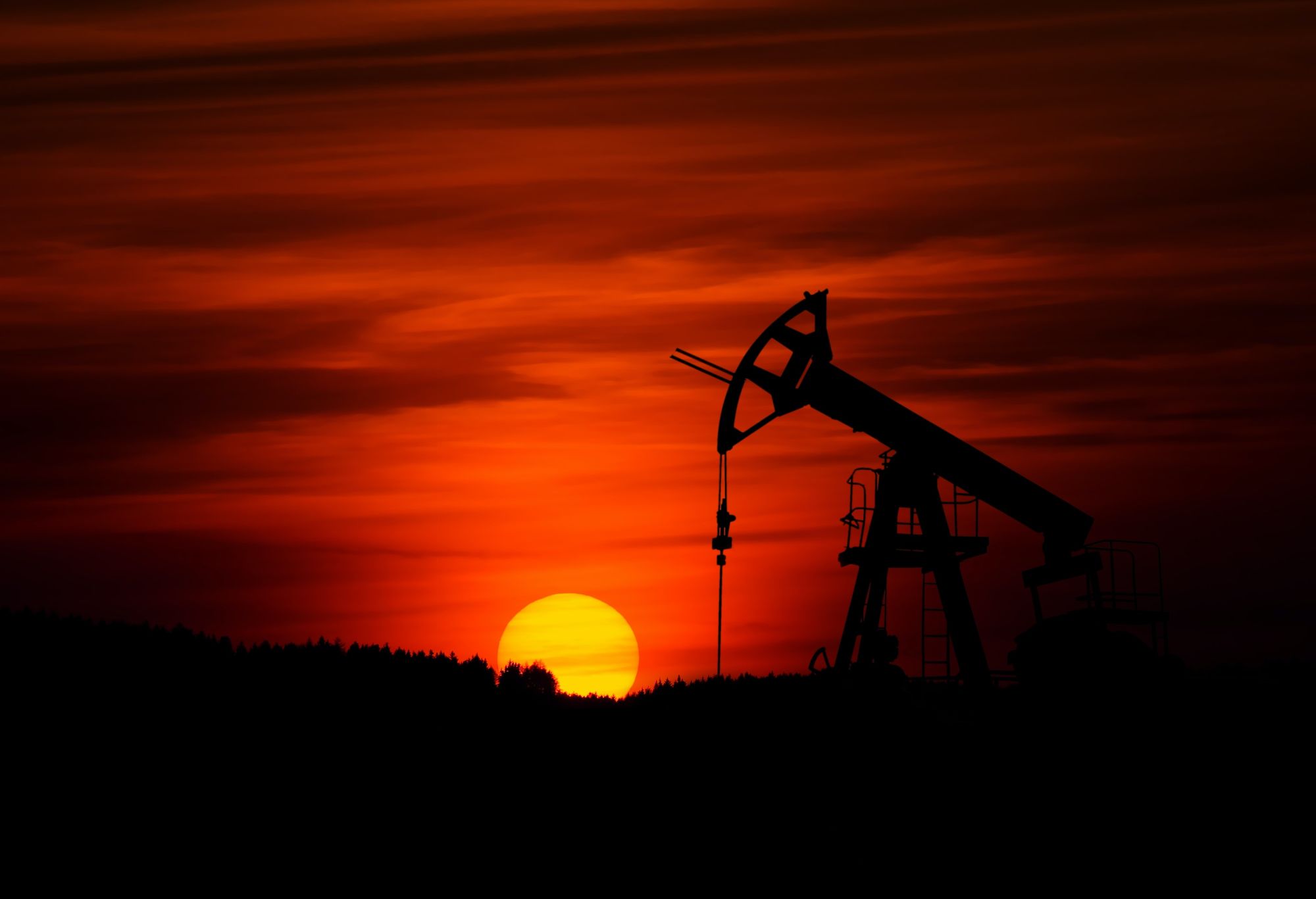Lower Demand Is Pulling Prices Back
Oil prices dropped by about 8% over the last two days and experienced their third consecutive monthly dip, indicating that anxieties about the recession are taking precedence over worries about the declining availability of petroleum at home and abroad.
- Benchmark U.S. oil futures closed a little under $90 a barrel on Wednesday, down from the $97 on Monday. The primary international price, Brent crude, dropped 12% in August to $96.5 a barrel
- Oil prices have been on a rocky ride since March, when they reached more than $120 a barrel just after Russia invaded Ukraine, as a result of decreased trading activity that encouraged huge price swings
- Prices have initially risen in response to worries that sanctions would block the sale of Russian petroleum, causing a global oil shortage
Recently, they have been dragged lower by expectations that demand will drop as the economy worsens. Concerns about demand have lately been winning the battle. In the United States and Europe high prices have stifled demand and central banks are hiking interest rates to combat inflation, potentially at the expense of sluggish economic development.
Capping The Price Of Russian Oil
According to the proposal being discussed by The Group Of Seven this summer, the G-7 countries would forbid financing and insurance of Russian oil shipments unless the oil is sold for less than a predetermined price. According to the International Monetary Fund, these nations account for slightly over 30% of the global economy but cover more than 90% of all shipping activity. The cost at which the cap would be set is one of the important issues that is still up for debate.
- Officials are attempting to strike a compromise between restricting Russian income and keeping Russia's willingness to sell its oil
- Analysts estimate that the price of Russian crude is already more than $20 per barrel less than the price of global benchmarks
High Output And Weak Chinese Demand
Production in both OPEC member states and the US reached its greatest levels since the beginning of the coronavirus pandemic, with OPEC's output reaching 29.6 million barrels per day (bpd) and the US output reaching 11.8 million bpd.
- The Joint Technical Committee of the Organization of the Petroleum Exporting Countries (OPEC) and its partners, also known as OPEC+, reported that it now expects a 400,000 bpd oil surplus this year, up 100,000 bpd from its previous prediction
- Some member states have started asking for production cuts in order to drive prices back up
- Due to additional COVID infections, the worst heat wave in decades, and a troubled real estate market that weighed on production, China's factory activity continued to fall in August, indicating the economy will find it difficult to maintain momentum
"The weakness coming out of China has played a significant role [in lowering prices] There are fears of demand destruction across the West as interest rates rise and inflation concerns grip Western economies." Harry Altham
Disclaimer
Please note that this article does not constitute investment advice in any form. This article is not a research report and is not intended to serve as the basis for any investment decision. All investments involve risk and the past performance of a security or financial product does not guarantee future returns. Investors have to conduct their own research before conducting any transaction. There is always the risk of losing parts or all of your money when you invest in securities or other financial products.
Credits
Photo by Zbynek Burival on Unsplash.






